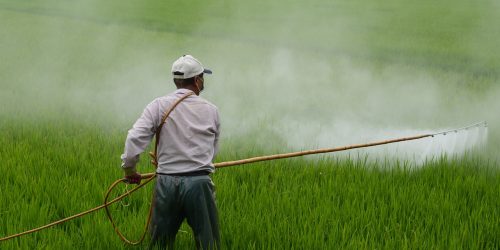New research supported by CPO’s AC4 program was just published in the Journal of Geophysical Research: Atmospheres. The research (titled: “Impacts of upwind wildfire emissions on CO, CO2, and PM2.5 concentrations in Salt Lake City, Utah”) appeared in the Jan. 28 print edition of the Journal.
The 2007 and 2012 western U.S. wildfire seasons were characterized by significant wildfire activity across much of the Intermountain West and California. Biomass burning is known to contribute large quantities of CO2, CO, and PM2.5 to the atmosphere. It not only affects areas in close proximity to the fire, but also may impact air quality well downwind of the actual fire. In this study, the researchers determined the locations of wildfire-derived emissions and their aggregate impacts on Salt Lake City, a major urban center downwind of the fires.
Initial results showed that the WRF-STILT model was able to replicate many periods of enhanced wildfire activity observed in the measurements. Most of the contributions for the 2007 and 2012 wildfire seasons originated from fires located in Utah and central Idaho. The model results suggested that during intense episodes of upwind wildfires in 2007 and 2012, fires contributed as much as 250 ppb of CO during a 3 h period and 15 µg/m3 of PM2.5 averaged over 24 h at Salt Lake City. Wildfires had a much smaller impact on CO2 concentrations in Salt Lake City, with contributions rarely exceeding 2 ppm enhancements.
To download a PDF of the article, visit: onlinelibrary.wiley.com/doi/10.1002/2014JD022472










